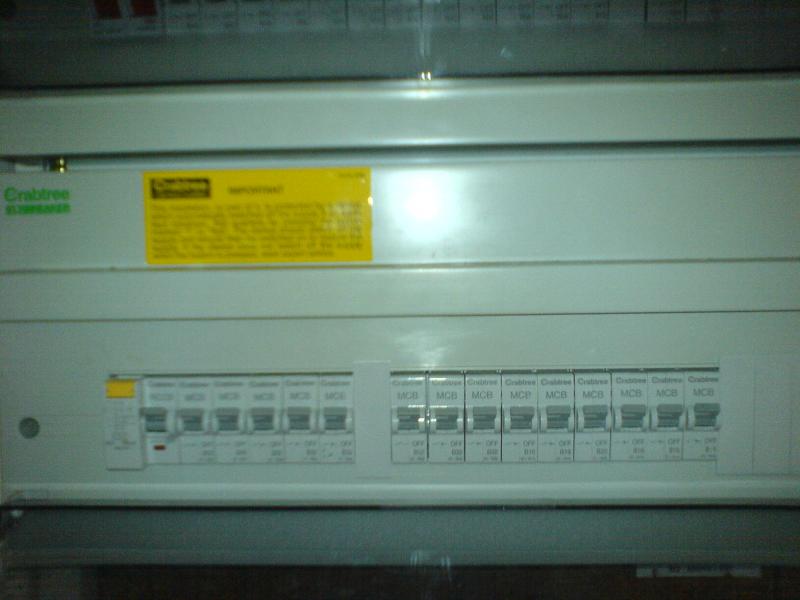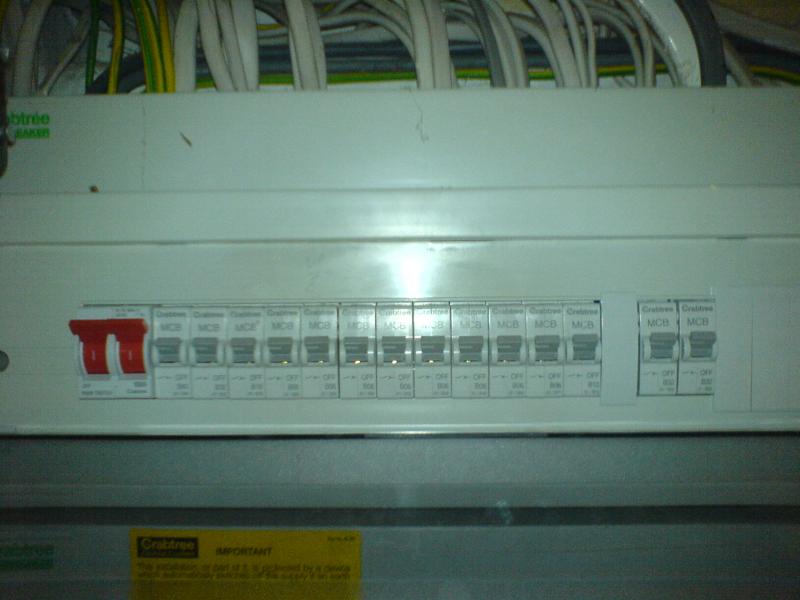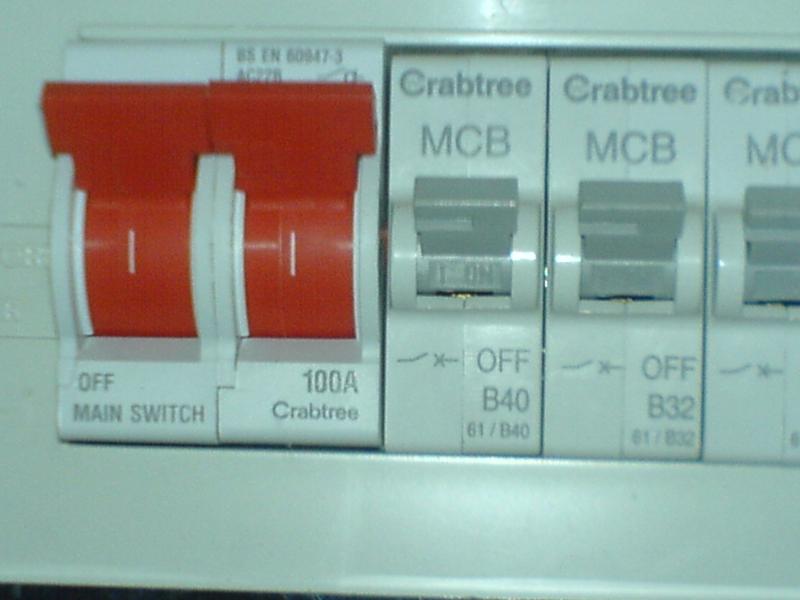I'm trying to work out which of our household circuits are protected by an RCD. In other installations we've had it was quite clear that individual circuits were protected and could be tripped and then reset individually. In our new place, however, it looks like the whole of one bank of circuits on a consumer unit are protected - there is a single yellow test switch at one end of the bank. We then have another set of circuits on a separate consumer unit which doesn't have the yellow test circuit (but this one has the main switch).
What should I be looking for??
If all the circuits are RCD protected would this mean there is no need for supplementary bonding in the bathrooms? ... and if so perhaps this would explain why there isn't any on the plumbing that was done quite recently.
Thanks.
What should I be looking for??
If all the circuits are RCD protected would this mean there is no need for supplementary bonding in the bathrooms? ... and if so perhaps this would explain why there isn't any on the plumbing that was done quite recently.
Thanks.







